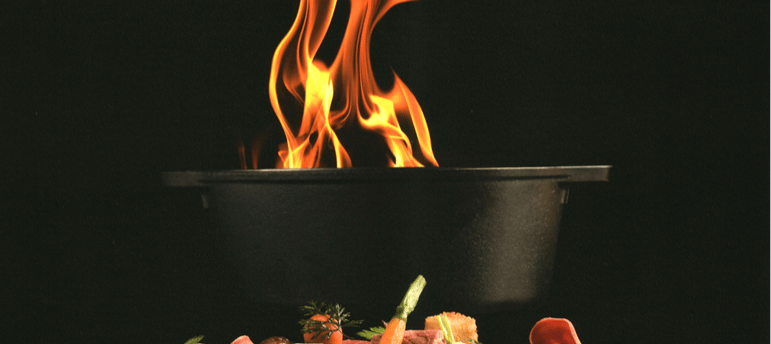Setting the Stage: Temperature Precision in Sous Vide Cooking
Setting the right temperature in sous vide cooking isn't just a step; it's the heart of the process. This precision allows for unparalleled control over the texture and flavor of the food, making sous vide a unique culinary technique
COOKING BEST PRACTICES
Francesco Feston
1/27/20241 min read


After seasoning and sealing, the next crucial step is setting the water bath to the desired cooking temperature.
Sous vide cooking demands precision. Unlike conventional oven cooking, the water temperature in sous vide matches the desired internal temperature of the food.
Sous Vide Machines: The Heart of Precision Cooking
What They Do: They heat and control the temperature of your water bath, ensuring your food reaches and maintains the perfect temperature.
Types to Consider:
Water Ovens: These are all-in-one units, perfect if you have the counter space. They come with a built-in water reservoir and are generally quiet and efficient. Great for cooking large quantities.
Immersion Circulators: Ideal for smaller kitchens or if you need portability. These devices attach to your pot or container, turning it into a sous vide cooker. They are more budget-friendly and are a popular choice for home cooks.
Using Temperature Charts for Guidance
Refer to Time and Temperature Charts for accurate settings. For example, a medium-rare steak requires a water temperature of 134°–140°F.
Vegetables like green beans cook perfectly at 183°F, tender yet with a snap.
Timing the Water Heating Process
Heating the water to the right temperature can take longer than food prep. Start heating your sous vide bath early to align it with your food's readiness.
Consider initiating the water bath heating at the start of your preparation for efficient cooking.
The Impact of Precise Temperature Control
Temperature variations as small as +/-1°F can significantly change the texture and quality of foods, such as soft-boiled eggs or the creaminess of yolks.
Personal preferences play a big role in sous vide. Experimenting with different temperatures can lead to discovering your preferred texture and taste for meats and other foods.
By understanding and respecting the importance of temperature, you're setting yourself up for consistently perfect results in your sous vide cooking adventures.
